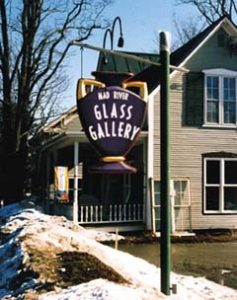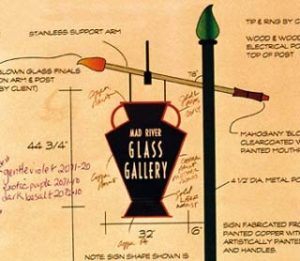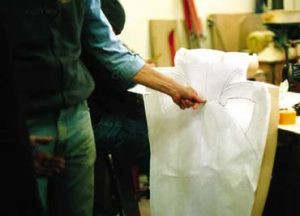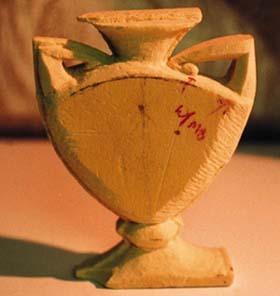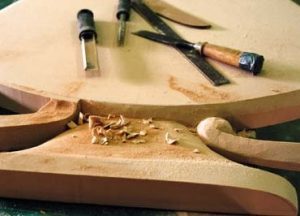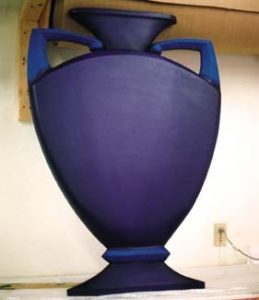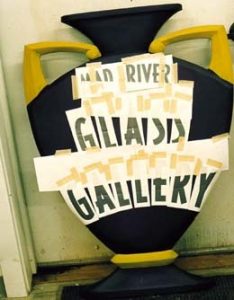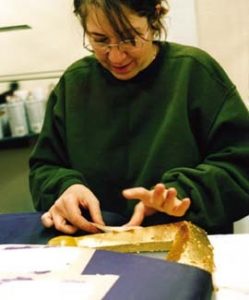Recently, our shop collaborated with two renowned artists from a different artistic faction than we typically encounter. Melanie and David Leppla, glassblowers who recently moved into our idyllic New England resort town, converted a historic carriage barn into a gallery and glassblowing studio.
The problem is, carriage barns were always built behind the house. So, the Lepplas wanted to entice cars traveling though Waitsfield, on Route 100, to notice their glass gallery. The town’s signage limit of 16 sq. ft. was adequate, so we considered their options.
Seasoned artists bring a lot to the table — in this case, many dimensional objects that would add flair to a sign. It didn’t take long for us to agree that a two-faced, freestanding sign would attract attention.
Because the clients were motivated designers, I suggested they pick the most evocative object and return with a sketch. Roughly one year later, they returned with an excellent conceptual drawing. I sketched a rough, 1 in.:1 ft., scaled layout that provided context for the sign, post and arm.
The concept included a cleverly designed support arm — a blowpipe at an angle, with glass projecting from its end. The post’s tip comprised an actual glass vase. I added incandescent, gooseneck accent lighting details to illuminate the vase, which swings in the wind below the support arm.
The drawing board
After our shop crew approved the concept, we devised front and side profiles, the next step of formal drawings. We generated computer drawings to garner town approval and client consensus, but we hand drew the subtle shapes that Melanie desired, and designed side-profile details. Using these, we provided fabrication instructions for this complex object.
Determining the vase’s appropriate scale posed another challenge. The town’s requirements pushed the sign approximately 35 ft. from the median, far beyond the sidewalk. However, the square footage amply compensated for the unfortunate placement. Thus, we created actual-size, cardboard mock-ups that we brought to the site. After careful review, the Lepplas chose a model.
Once they’d chosen the sign, Melanie — knowing the premium she placed on its shape — produced a full-size, paper layout for our final production drawings. Thus, fabrication began.
From concept to creation
To allow our two-faced sign to fly in the wind without falling apart, I designed a 3/4-in., MDO panel, which I call the "motherboard," to separate two, 2-in.-thick, SignxFoamx HDU slabs. The MDO bolsters the foam and supports the attached hanging brackets.
Also, the MDO panel outsizes the carved HDU slabs by an inch, which provides additional color opportunities. Melanie and Dave chose copper 1Shotx lettering enamel for the edge to complement the vase’s areas gilded with 23k surface gold, and 1Shot slow and quick sizes.
We were ready to carve the vase, but there was no model to follow. Melanie had envisioned the vase, so we gave her a small piece of HDU and sent her home to carve her idea. She did a great job.
Then Dick Lane, Wood & Wood’s master fabricator, carved and shaped the vase
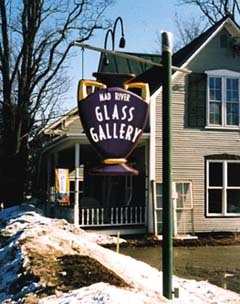


 Tip Sheet4 days ago
Tip Sheet4 days ago
 Business Management2 weeks ago
Business Management2 weeks ago
 Women in Signs2 weeks ago
Women in Signs2 weeks ago
 Real Deal5 days ago
Real Deal5 days ago
 Benchmarks1 day ago
Benchmarks1 day ago
 Editor's Note1 week ago
Editor's Note1 week ago
 Line Time2 weeks ago
Line Time2 weeks ago
 Product Buying + Technology1 week ago
Product Buying + Technology1 week ago